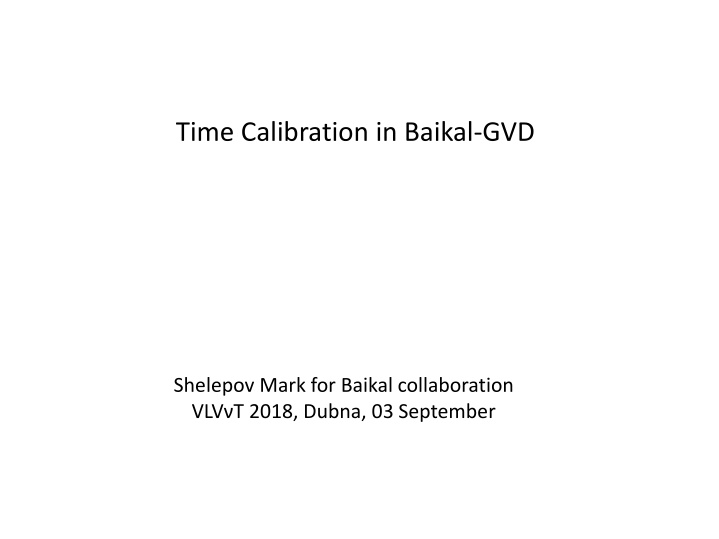Proposed New Lease Form Adjustments
This document highlights important changes in a proposed new lease form, such as adjustments to bonus and rental amounts, payment conditions upon operations, deferred development payments, and rights to depths of a lease.
Download Presentation

Please find below an Image/Link to download the presentation.
The content on the website is provided AS IS for your information and personal use only. It may not be sold, licensed, or shared on other websites without obtaining consent from the author.If you encounter any issues during the download, it is possible that the publisher has removed the file from their server.
You are allowed to download the files provided on this website for personal or commercial use, subject to the condition that they are used lawfully. All files are the property of their respective owners.
The content on the website is provided AS IS for your information and personal use only. It may not be sold, licensed, or shared on other websites without obtaining consent from the author.
E N D
Presentation Transcript
Time Calibration in Baikal-GVD Shelepov Mark for Baikal collaboration VLV T 2018, Dubna, 03 September
Methods of time calibration The differences in time shifts of individual OMs are caused by: PMT delays - Intra-section Calibration Channel Cable delays (OM - CM) - Intra-section Calibration Section Cable delays (CM - CC) - Inter-section Calibration Measurements: PMT delays are measured with calibration runs with test pulses Channel Cable delays are measured in the laboratory (transition time of pulse) In addition, combination of PMT delays and Channel Cable delays can be studied with internal LEDs. It provides cross check Section Cable delays can be measured with LED matrix runs
Intra-section calibration T2 Q 5 OM 4 1) The first method: LED calibration T1 Relative time shifts are measured. Time shifts of channels in one section are calculated relative 6 (middle) channel in this section Q 30 OM 3 Amplitude of signals is small (Q<50 p.e.).Measured OMs is located upper OM with switch on LED. 15 Time shifts are calculated by equation: dT2= T2 T1 dT1- Tth , Tth = 68 time of light propagation between OMs OM 2 Q 700 Amplitude, ADC channels LED OM 1 dT Method 1 internal LEDS Time, 5ns
2)The second method: Calibration with test pulses Time between test pulse and LED pulse is measured: dTTST= TTSTi TTSTi 1 of two neighboring OMs, where TTST= PMT time delay +cable time delay Amplitude, ADC channels dT distribution is fitted and final time shift is measured in maximum of distribution. Method 2 Then we compare results of two methods Time, 5ns Number of channels dTLED - dTTST Number of events dT Compare of two methods gives 2ns dT distribution
Inter-Section calibration: LED Matrix LED matrix: 12 LEDs oriented in different directions , - FWHM ~6 ns, = 470nm - LED intensities regulation: 1 ~108 photons - Light propagation distance for maximum LED intensity ~100 m in Baikal water. (T-T0)185 (T-T0)EXP 400 350 OM ID (T-T0), ns 300 250 200 38 39 40 41 42 43 44 45 46 String ID Channel number OMs illuminated by LED matrix located at eight string (string ID = 7) between 7th and 8th OMs Time difference between different pairs of channels of two strings: expected and measured values.
2017 new calibration units 1 7 2 POCAM 6 3 Laser 7 1 5 4 POCAM 6 Cluster_1 2 5 3 4 Cluster_2 Laser Cluster_1 Cluster_2 Precision Optical Calibration Module (POCAM) Underwater Laser : Wavelength: 532 nm Pulse energy: 0.37 mJ (~1015photons) Flash duration ~1 ns POCAM Laser
Laser data Cluster_2 Cluster_1 Multiplicity of hitting channels Multiplicity of hitting channels Time relative to the first event, sec Time relative to the first event, sec Areas in red circle were chosen for further analysis, where laser worked with highest pulse and long duration
Laser data: response of Clusters (charge) Cluster_1 Cluster_2 Number of ph. e Number of ph. e Note: Some channels were excluded from configuration 2017
Laser data: response of Clusters (time) Cluster_1 Cluster_2 T, nsec T, nsec Summary: Laser hit almost whole detector and so far we can do calibration between sections and strings of both clusters
Compare Laser and LED calibration Number of channels dTlaser-dTLED, ns = 2.3 ns
Calibration runs with different intensities charge, ADC channels/100 Time relative to the first event, sec Number of events charge, ADC channels/100
Time walk effect Dependence of channel time shifts on charge for all OM of cluster3
Summary The methods and systems used to perform the time calibration for the Baikal-GVD neutrino detector have been reviewed. The accuracy of the obtained calibration parameters was checked by compare results of independent time calibration methods. It gives an agreement of ~2 ns. Dependence of channels time shifts on charge were measured for all OM
Time walk effect The signal time is calculated at the half-height of the pulse and depends on its shape. The shape of the pulse depends on the amplitude of the signal.























